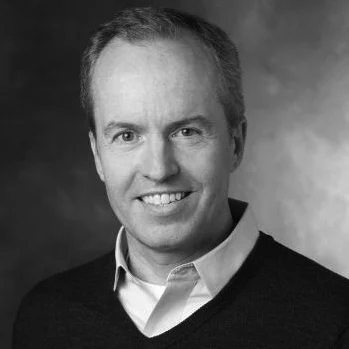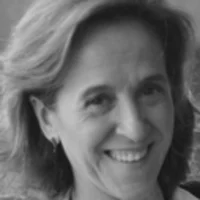You might say that Silicon Valley's loss is radiology's gainwhen it comes to Curtis Langlotz, MD, PhD, who has spent his career on transforming radiology informatics. His research is focused on improving the accuracy and consistency of radiology communication through real-time decision support systems and other information technologies.
Langlotz originally took a degree in human biology and a master’s degree in computer science before training to be a physician. His PhD is in medical informatics. He is Professor of Radiology (General Radiology) and of Medicine (Biomedical Informatics Research) at the Stanford University Medical Center.
Langlotz is a founder and Past President of the Radiology Alliance for Health Services Research (RAHSR), a former Chair of the Society for Imaging Informatics in Medicine (SIIM), and a former board member of the Association of University Radiologists (AUR). He serves as an Advisor to the Radiological Society of North America (RSNA) Radiology Informatics Committee and as a board member of the American Medical Informatics Association. He has been elected a Fellow of the American College of Medical Informatics, and of the College of SIIM Fellows. During his SIIM presidency, SIIM founded the American Board of Imaging Informatics, and established a formal certification and education programme for imaging informatics professionals.
1. What are your key areas of interest and research?
When I started radiology training I was struck by the haphazard methods radiologists use to create reports. So, I have spent most of my career trying to improve radiology communication. I was the first chair of the RSNA RadLex committee, which developed a standard terminology for radiology reports. I then founded RSNA’s reporting initiative, which created a library of standard templates for radiology reports, now acollaboration with the European Society of Radiology. And just a few months ago, I wrote a book, The Radiology Report: A Guide to Thoughtful Communication for Radiologists and Other Medical Professionals, to help radiologists produce better reports. Most recently, my laboratory has developed machine learning techniques to extract key conceptsfrom narrative radiology reports.
2. What are the major challenges in your field?
Since well before I became a radiologist, my research has focused on artificial intelligence in medicine. But radiology reports are almost exclusively narrative text, so applying even basic artificial intelligence methods has been challenging. With the advent of text-based search, natural language processing, and machine learning, it is finally possible to extract information from the report and to provide real-time decision support for the radiologist. Optimising decision support for the radiologist will be a grand challenge for the next decade.
Another exciting recent development is the effective use of machine learning to extract information from the images themselves. Google, Facebook, and Microsoft have all done groundbreaking work on non-medical images, which has led to incredible excitement about how these techniques might apply to radiology. Several startups are attacking this problem, and we are developing similar capabilities at Stanford.
3. What is your top management tip?
I like this quote from Lao Tzu: “A leader is best when people barely know he exists, when his work is done, they will say, ‘we did it ourselves’.” A close corollary, attributed to various U.S. presidents, is: “It’s amazing what you can accomplish if you don’t care who gets the credit.”
4. What would you single out as a career highlight?
My #1 highlight is my long-time service on the Radiology Informatics Committee (RIC) of RSNA. It has been such a pleasure to work with this incredibly talented group of volunteers and staff. Over the years, that committee has had a tremendous influence on radiology practice, including early work on radiology information systems, promoting adoption of the DICOM standard, the development of PACS, and more recently the creation of resources and standards for image exchange and radiology reporting.
A close second, perhaps because it is fresh in my mind, is completing my recently published book. My goal was to collect and synthesise the wisdom on how to create high-quality radiology reports. The response has been incredible--it was the best-selling radiology book on Amazon for most of November and December.
5. If you had not chosen this career path you would have become …?
… Silicon Valley computer scientist. I almost didn’t go to medical school. Many of my fellow Stanford computer science graduate students went on to have a major effect on the world. I have founded a few businesses myself, most recently as part of the team that founded Montage Healthcare.
6. What are your personal interests outside of work?
I recently moved back to Silicon Valley, so I regularly take advantage of the scenic and challenging bicycle routes in the foothills here. When I was younger I was a computer geek with a writing phobia, but after ten enjoyable years working on a book, I suppose I should consider writing one of my interests. I also enjoy golf, poker, and photography.
7. Your favourite quote?
“To be simple is to be great.” Succinct wisdom for all facets of life, from Ralph Waldo Emerson.






